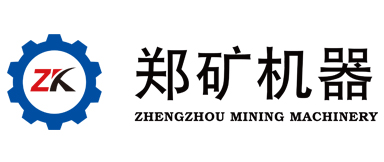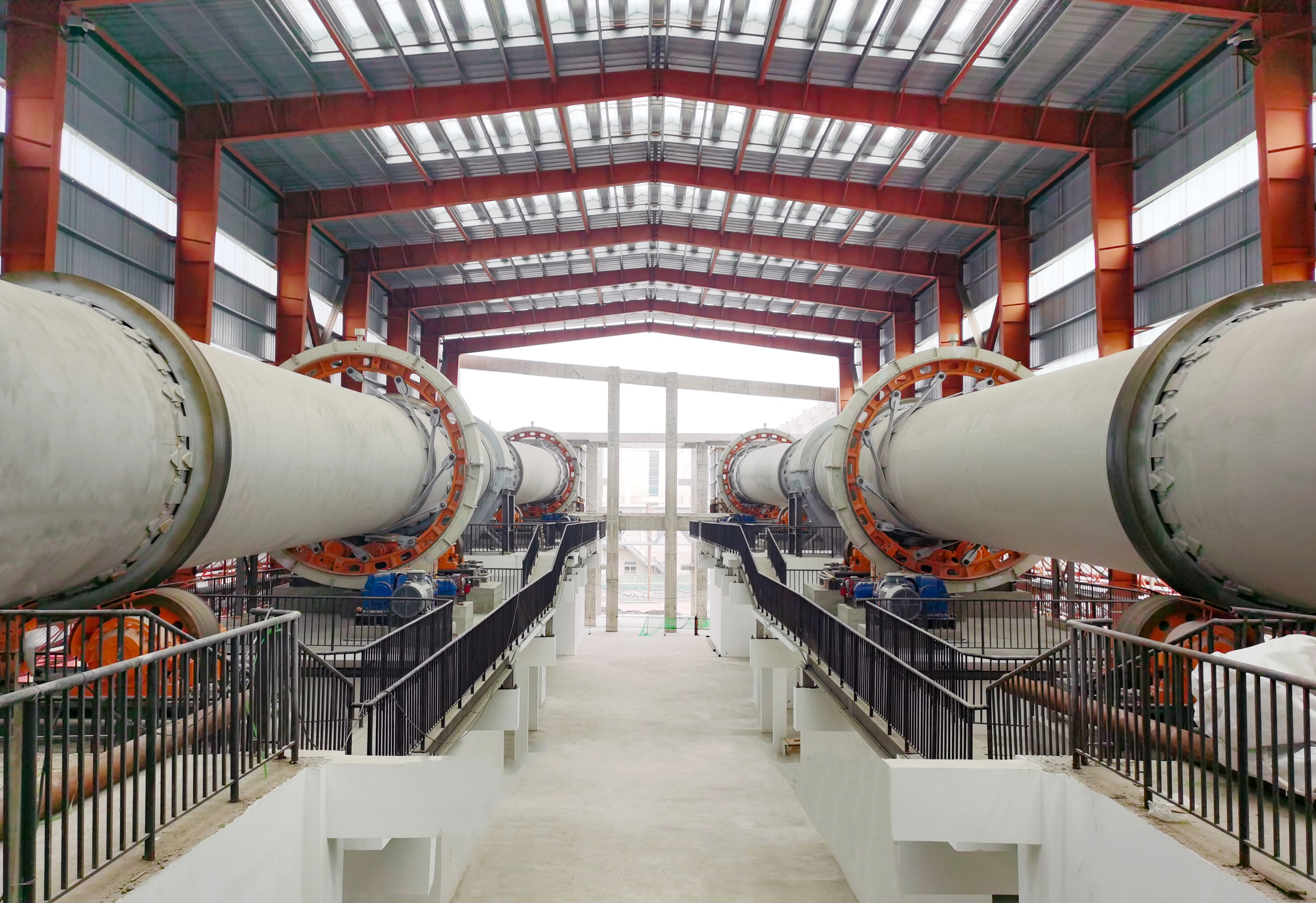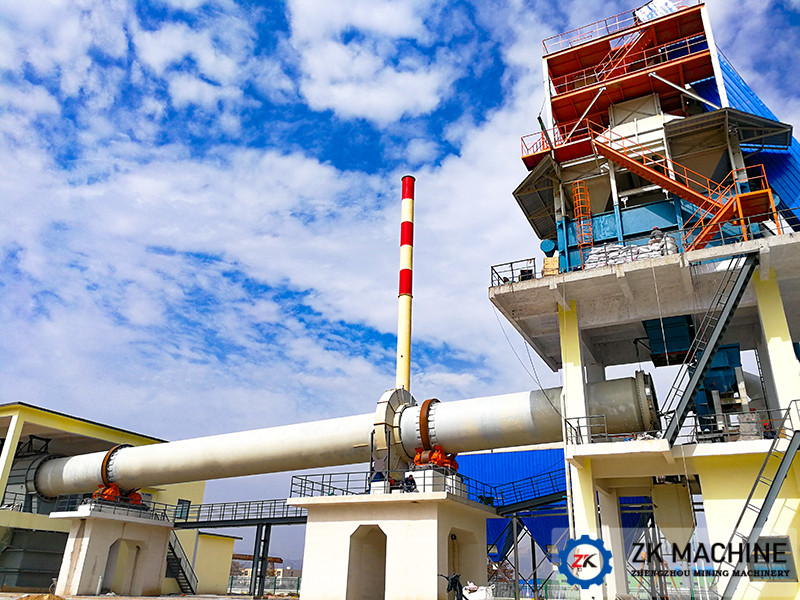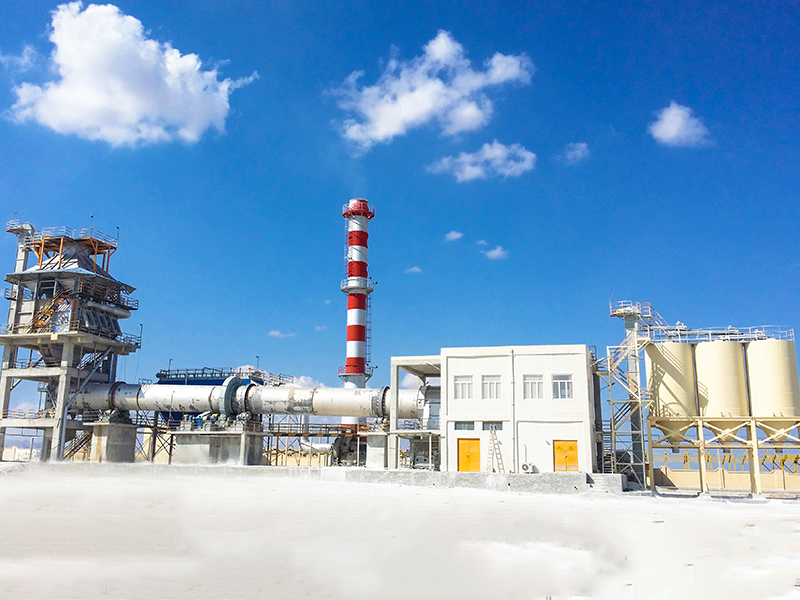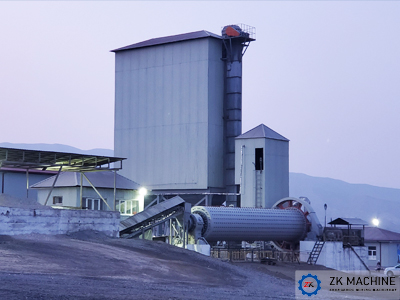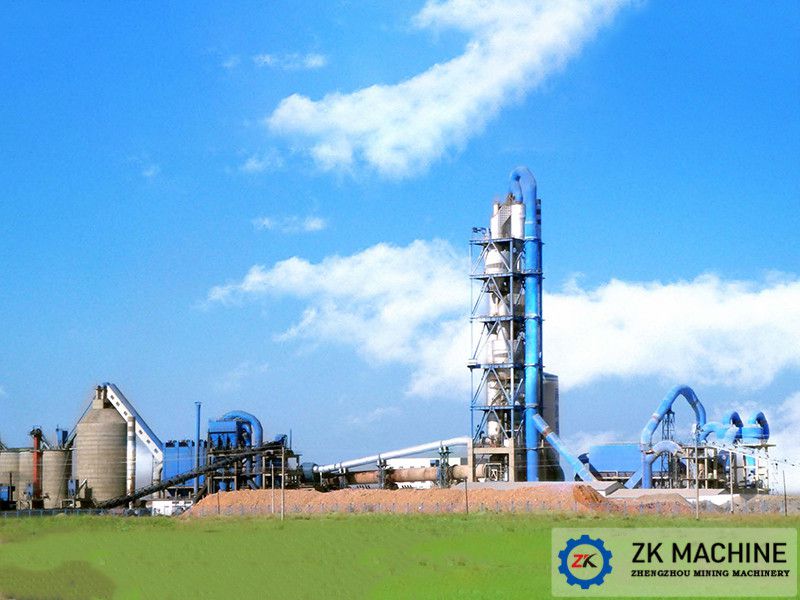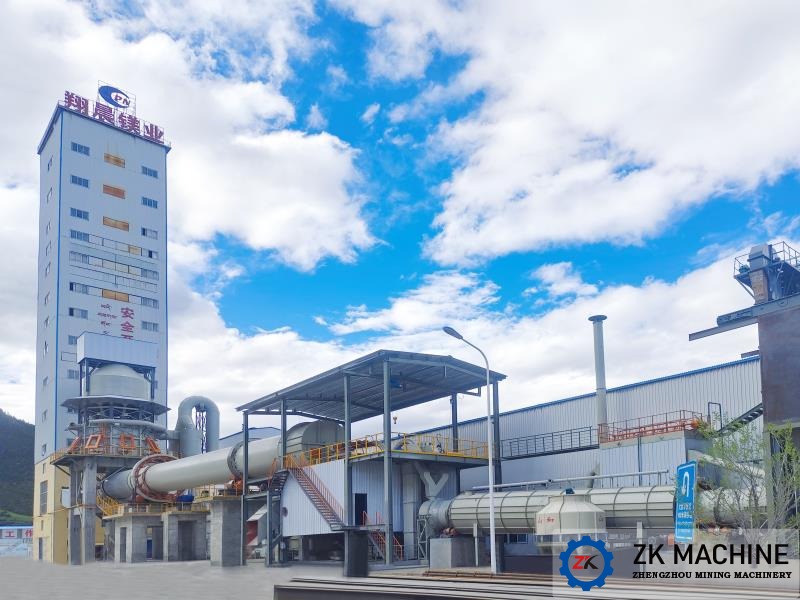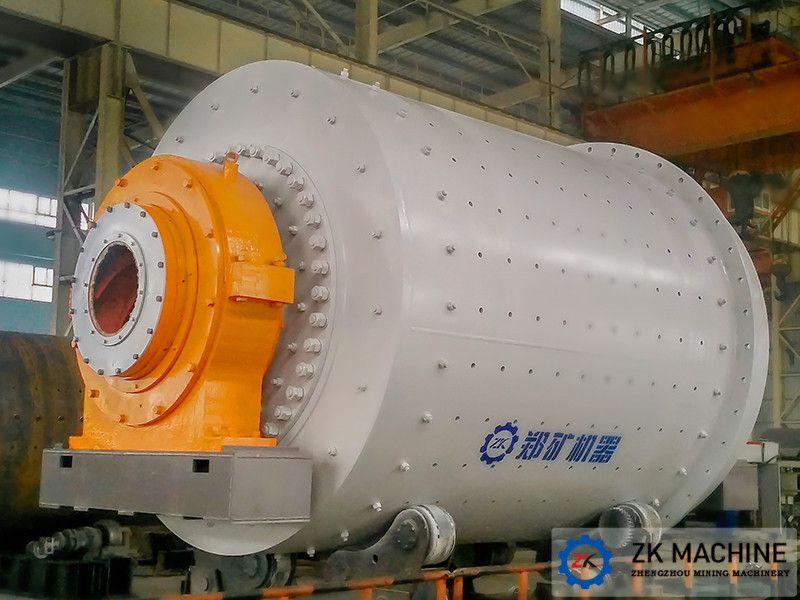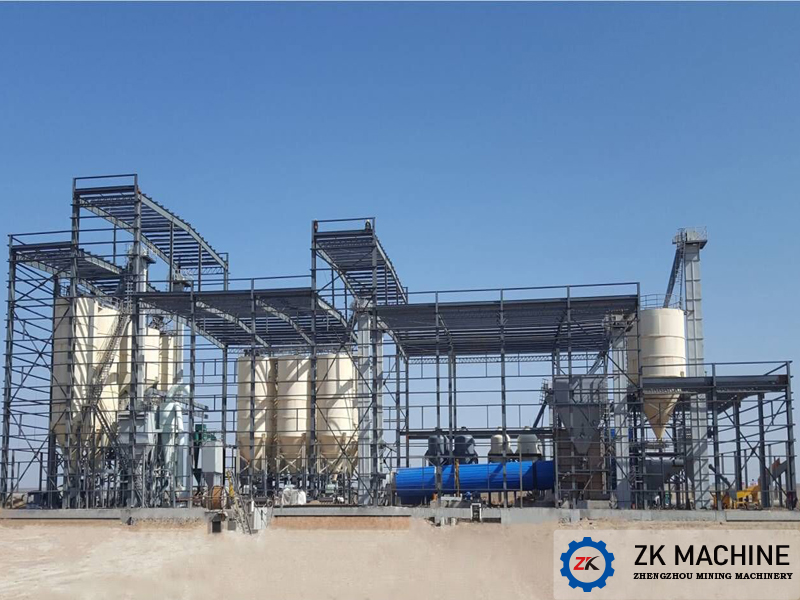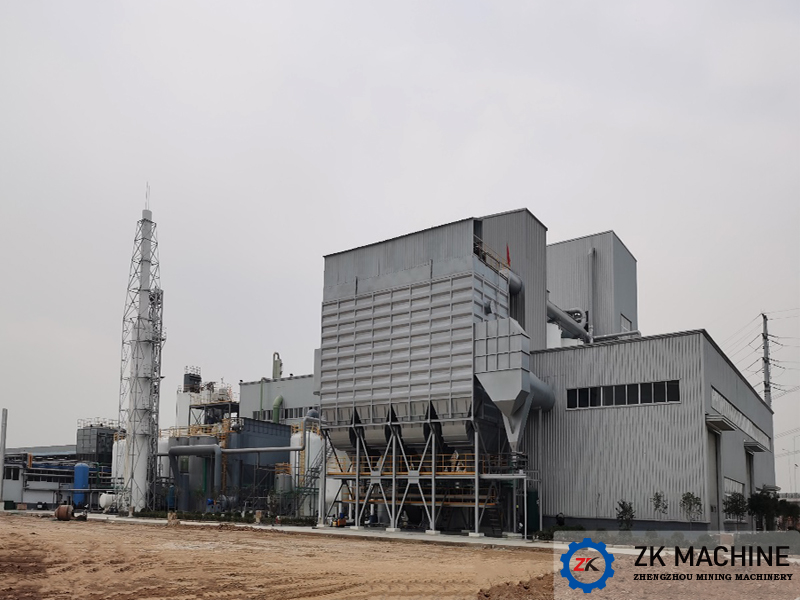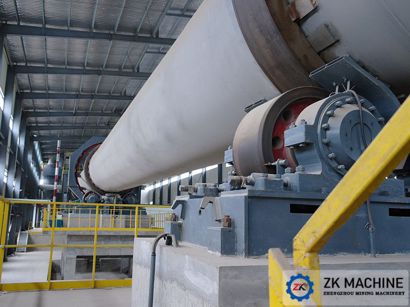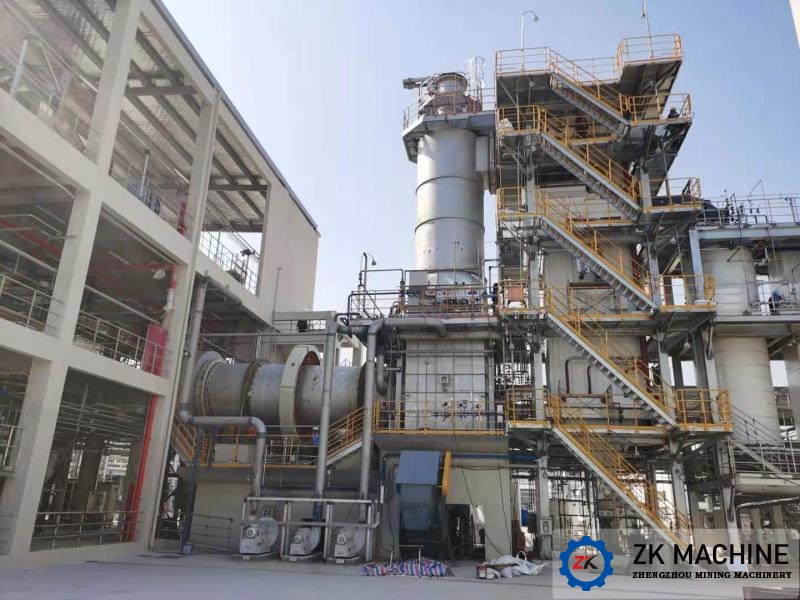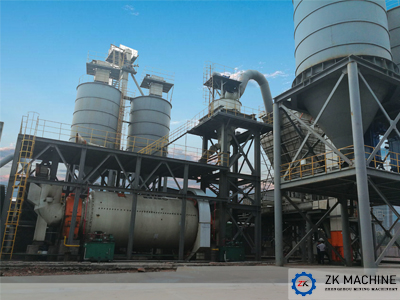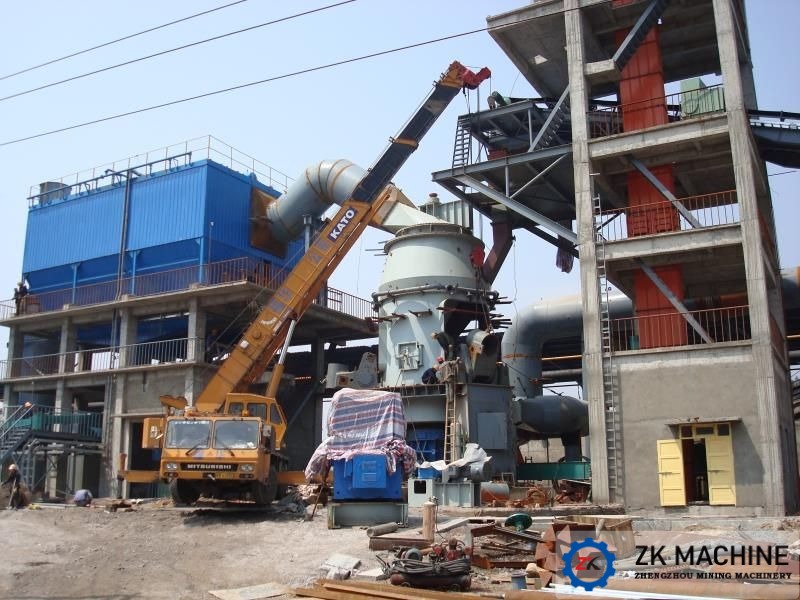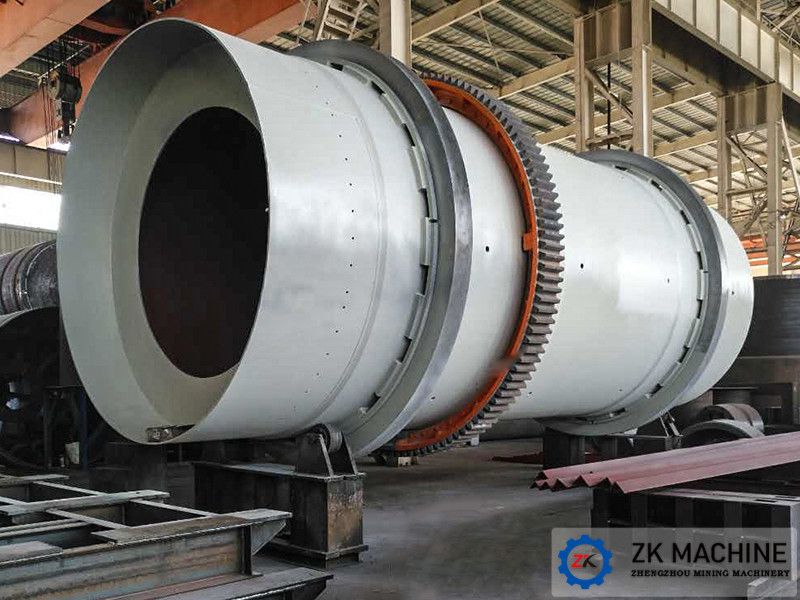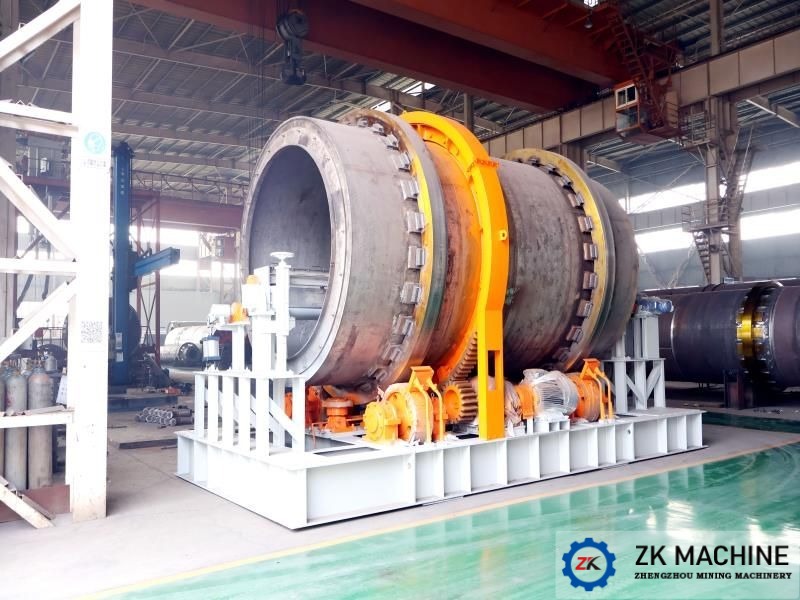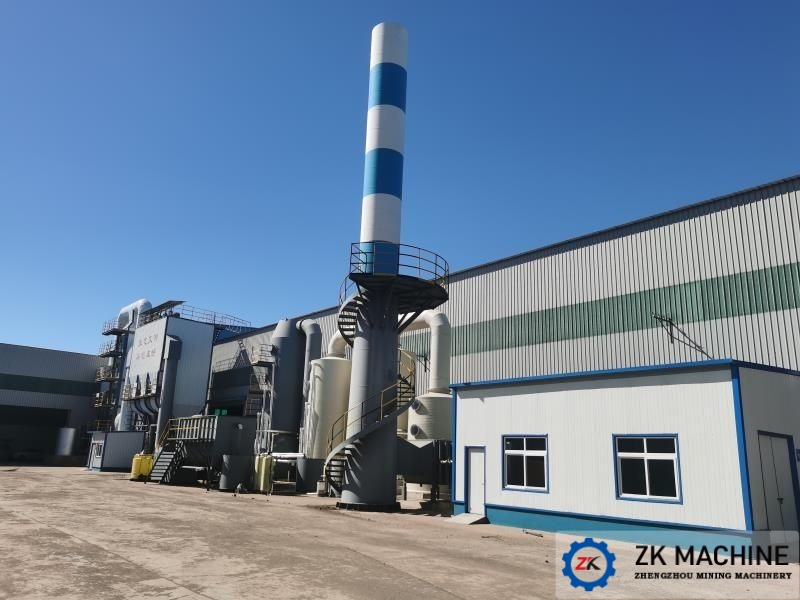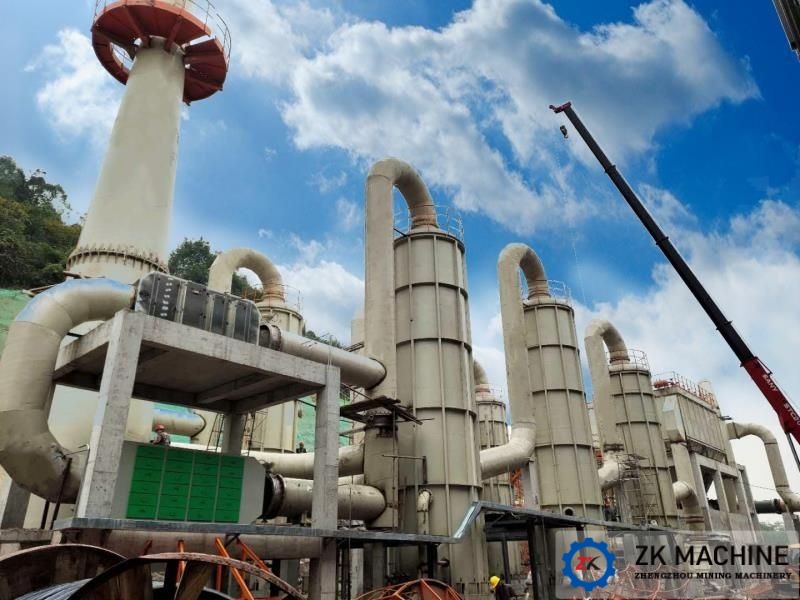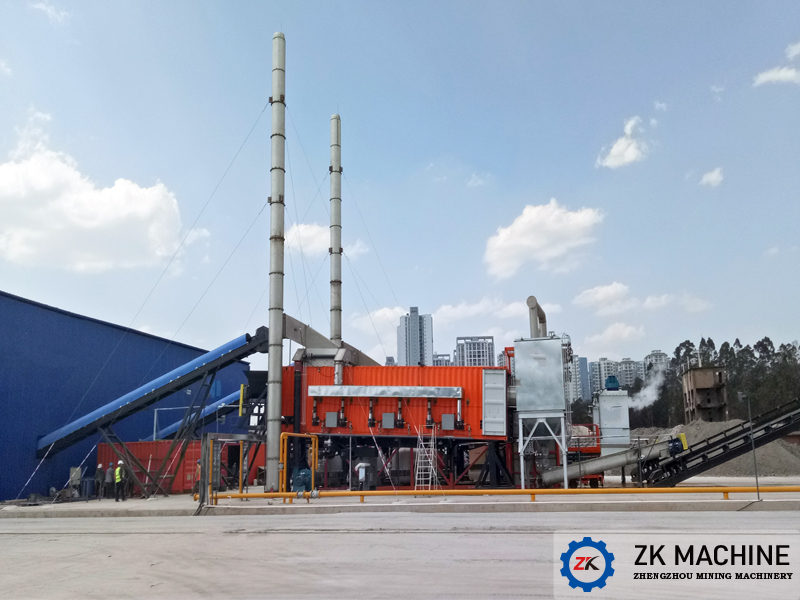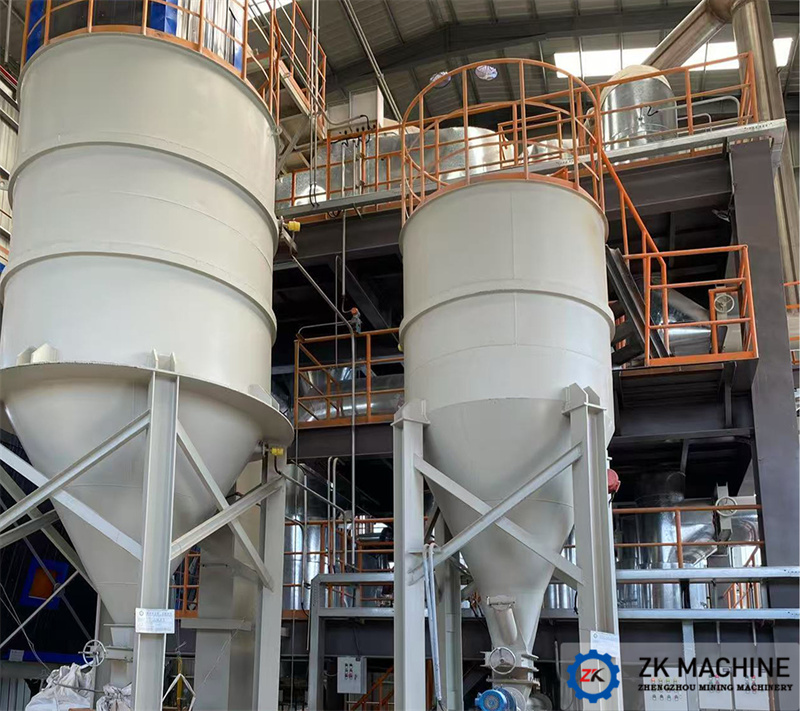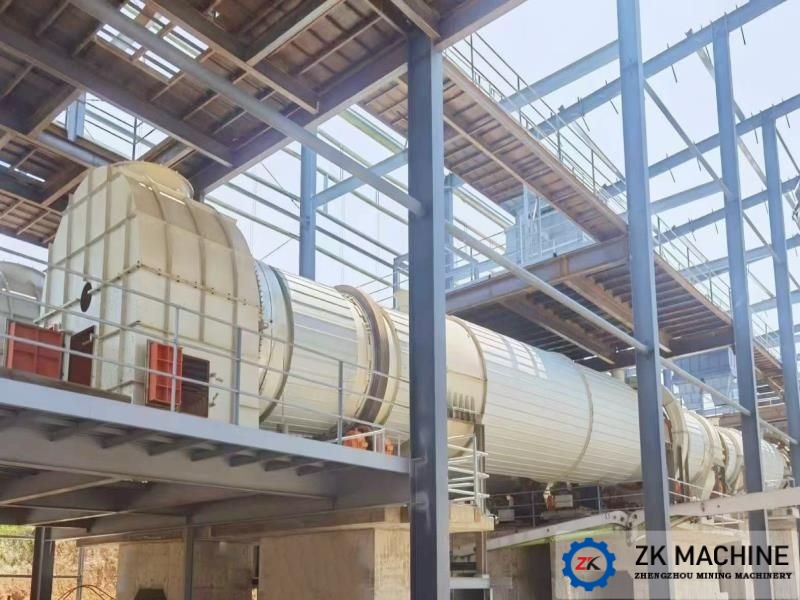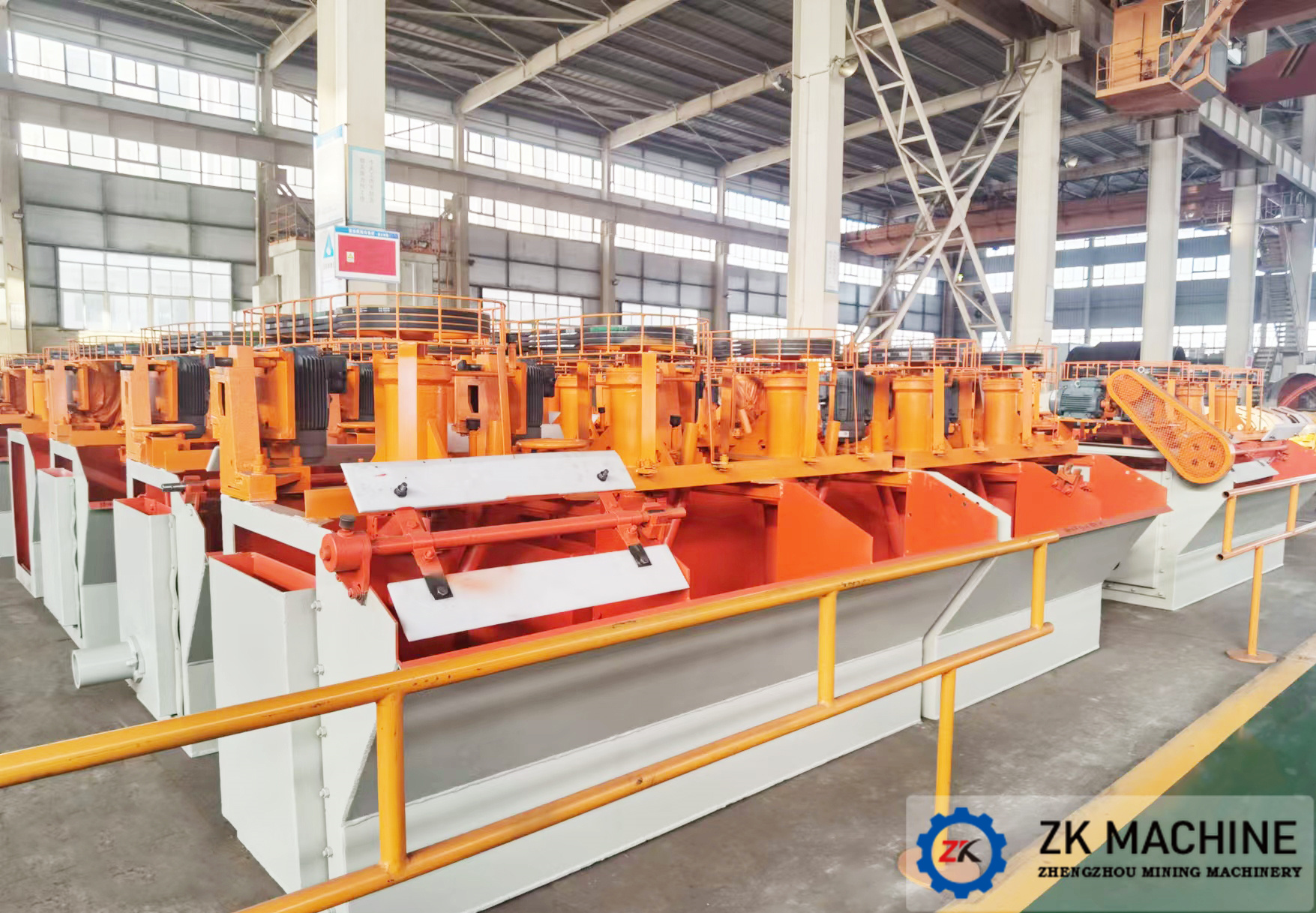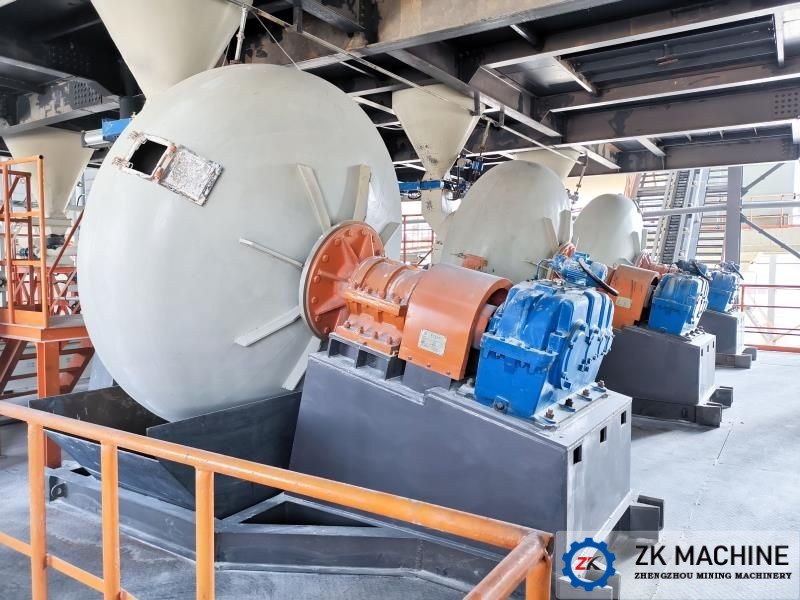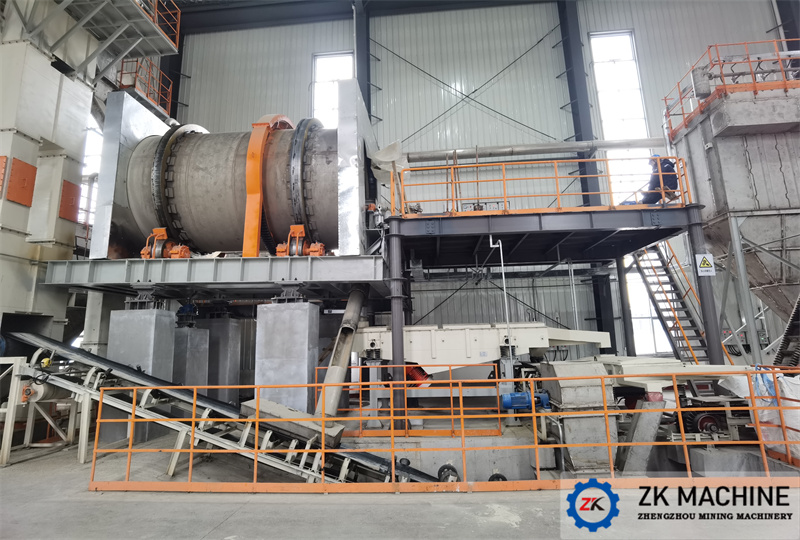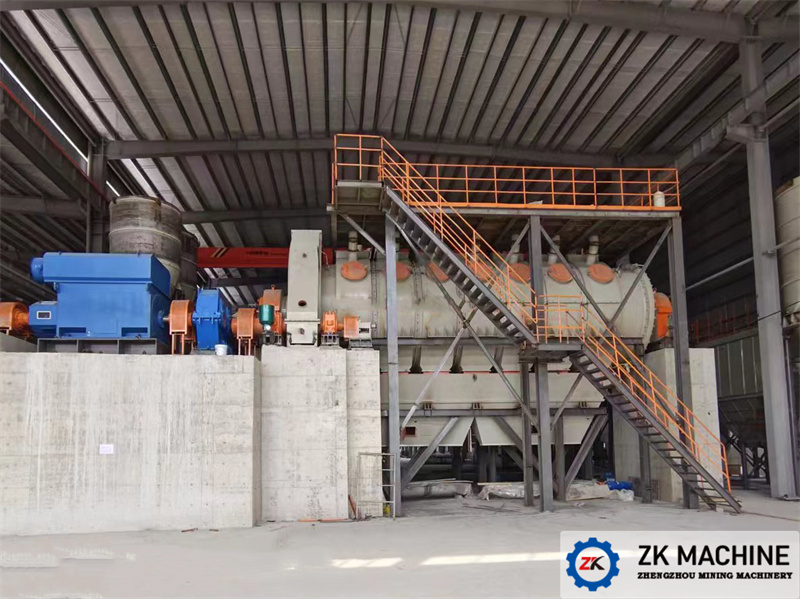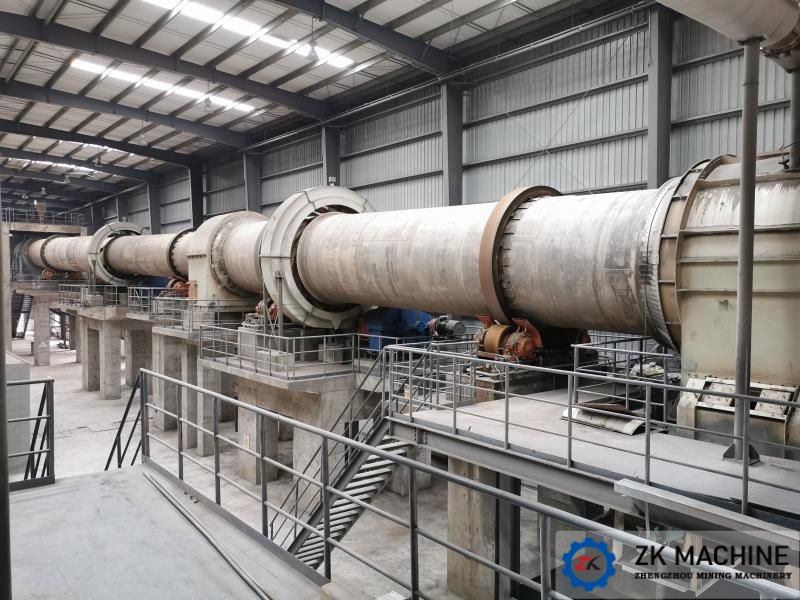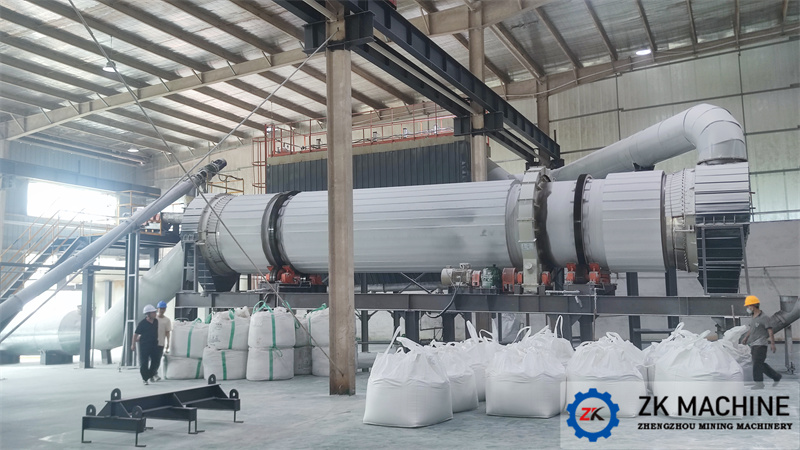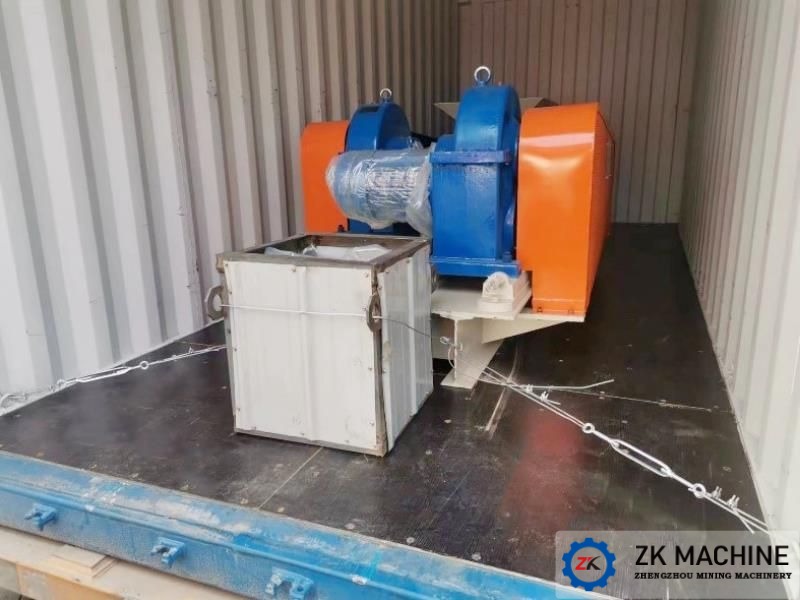Green Transformation Engine: Coal Gangue Suspension Calcination Decarbonization Technology Boosts Circular Economy
As China continuously raises requirements for green development and comprehensive resource utilization, exploring effective, environmentally friendly, and economical coal gangue treatment technologies has become an urgent priority. Suspension calcination decarbonization, as a novel treatment method, not only effectively reduces the carbon content in coal gangue and minimizes environmental pollution but also enhances its value for resource utilization. Simultaneously, it helps enterprises save costs and generate economic benefits, making it a crucial pathway to achieving ecological, economic, and social benefits—a true win-win scenario.
I. Effective and Eco-Friendly: Purifying the Ecological Environment
The suspension calcination decarbonization method significantly reduces the carbon content in coal gangue. If carbon remains in coal gangue, it slowly oxidizes in the natural environment, releasing not only the greenhouse gas carbon dioxide (CO₂) but also harmful gases such as carbon monoxide (CO) due to incomplete oxidation. Through suspension calcination, most carbon is collected and processed in the form of CO₂, effectively reducing the escape of harmful gases into the atmosphere.
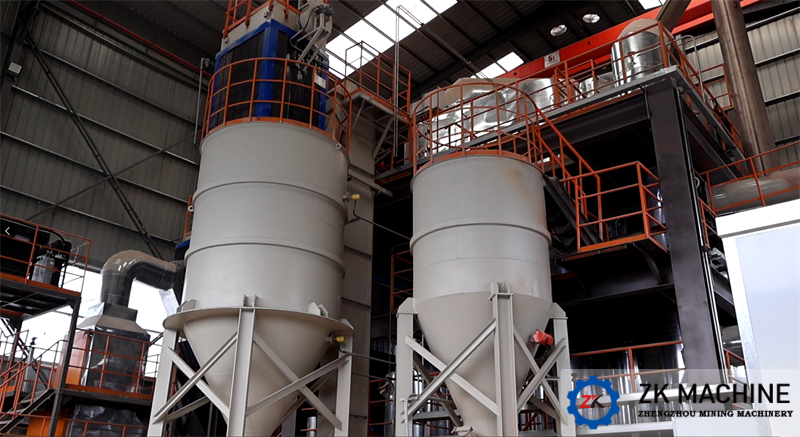
Meanwhile, the decarbonized coal gangue exhibits more stable chemical properties, lowering its risk of spontaneous combustion. This prevents air pollution and ecological damage caused by spontaneous combustion at the source. Additionally, during suspension calcination, coal gangue particles remain suspended and fully exposed to air, minimizing residual unburned substances. This reduces potential pollution to soil and water bodies, substantially improving the quality of the surrounding ecological environment.
II. In-Depth Exploration: Enhancing Resource Utilization Value
Coal gangue is not useless waste; it contains valuable minerals and trace elements. After suspension calcination decarbonization, the structure of coal gangue changes, making it more conducive to the extraction and utilization of these minerals and trace elements. For example, calcined coal gangue can be used to produce construction materials such as cement and bricks.
Components like aluminosilicates within it become more active after calcination, significantly improving the strength and durability of construction materials. This transforms coal gangue from waste into a high-quality raw material for construction. Moreover, decarbonized coal gangue can serve as a chemical raw material for producing ceramics, refractory materials, and more. This broadens the pathways for resource utilization, enhances comprehensive resource efficiency, turns waste into treasure, and unleashes greater economic value from coal gangue.
III. Controllable Costs: Boosting Corporate Economic Benefits
From the perspective of corporate operating costs, the suspension calcination decarbonization method offers significant advantages. On one hand, it reduces the expenses associated with long-term land lease for coal gangue stockpiling and the maintenance costs of storage sites. Previously, massive stockpiles of coal gangue occupied vast areas of land. Now, with effective suspension calcination treatment, companies no longer need to invest heavily in finding and maintaining storage sites.
On the other hand, the treated coal gangue is transformed into valuable products or raw materials, creating new profit streams for enterprises. Companies can sell the resulting construction materials and chemical raw materials on the market, diversifying their revenue sources. Additionally, the heat generated during suspension calcination can be recovered and reused for in-house production heating or power generation. This reduces reliance on external energy sources, further cuts energy costs, and enhances the company’s economic efficiency and market competitiveness.
